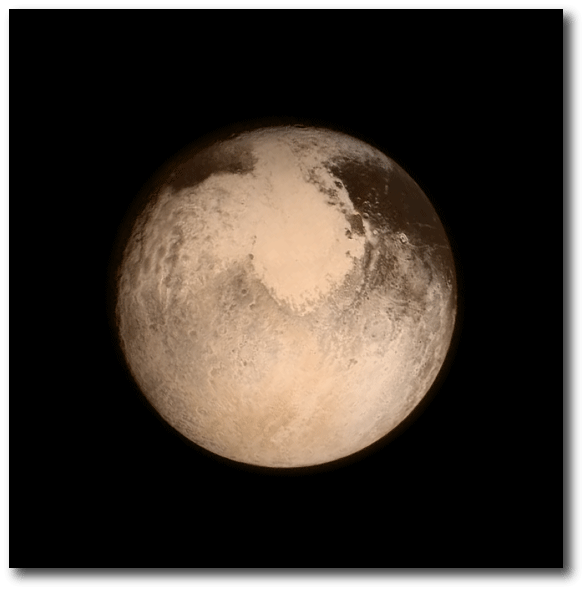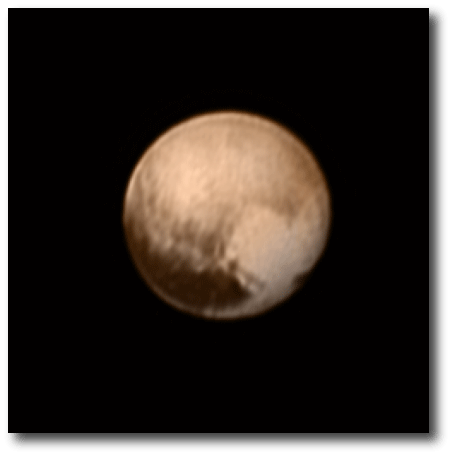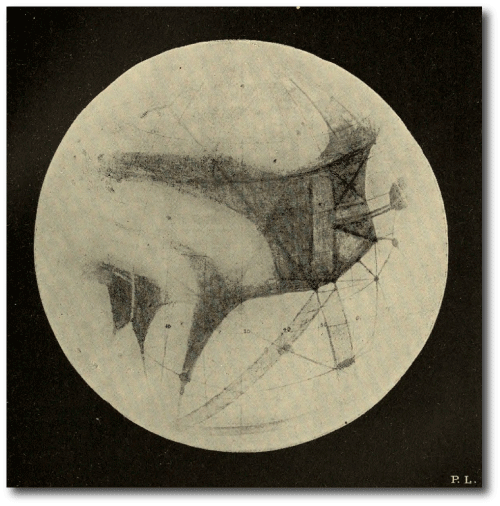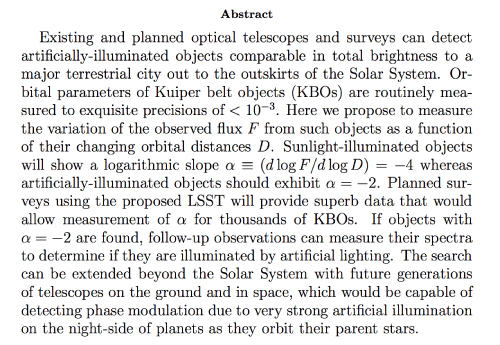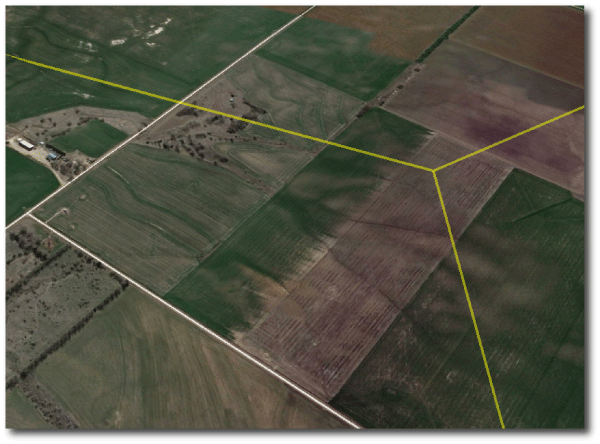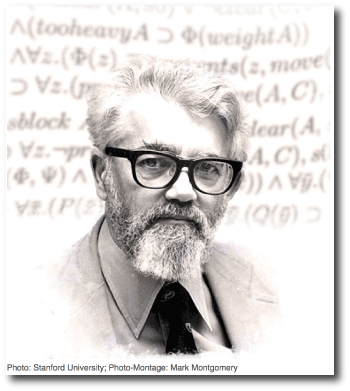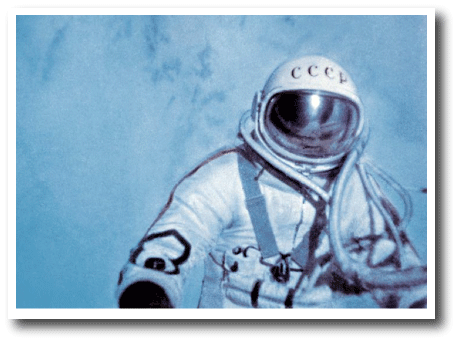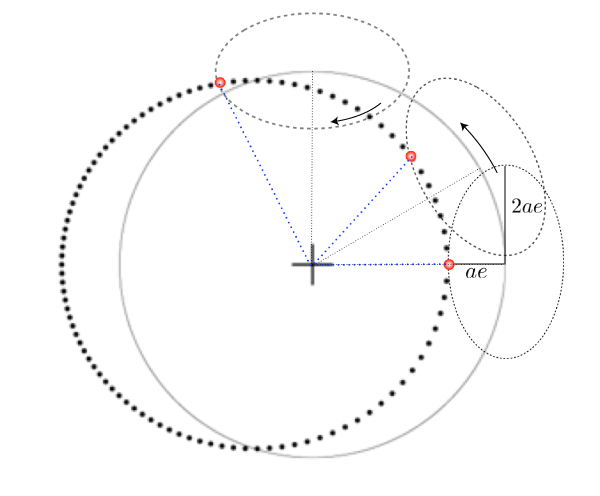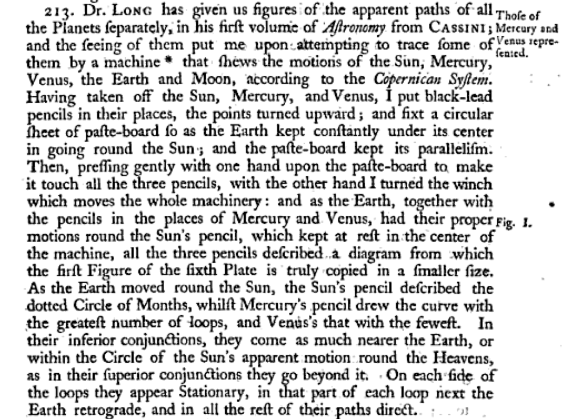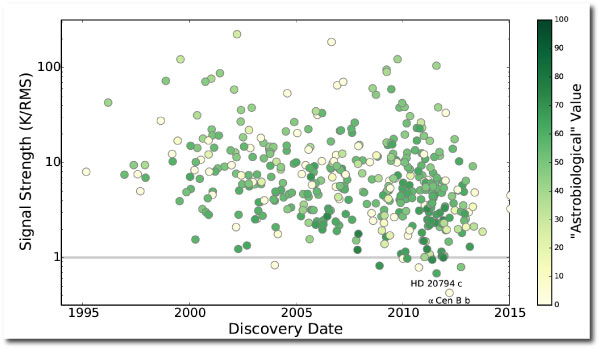
When I lived in Japan, I visited Hokkaido University in Sapporo to give an astronomy colloquium. While there, I immediately noticed that an odd motto, “Boys, Be Ambitious!” is attached (in English) with great frequency to the various affairs, both large and small, of the University. One of the astronomy graduate students had the phrase written on a post-it note attached to the screen of his computer. In another building, there was a large mural showing a stern, stiffly dressed 19th-century gentleman exhorting a group of reverent students with a longer version of the phrase:
“Boys, be ambitious! Be ambitious not for money or for selfish aggrandizement, not for that evanescent thing which men call fame. Be ambitious for that attainment of all that a man ought to be.”
Which, upon reflection, seems to be reasonable advice…

The gentleman in the mural, it turns out, is William Clark Smith, the founder and first president of the University of Amherst, Massachusetts. In the mid 1870s, he was enlisted by the Japanese Meiji Restoration government as an Oyatoi Gaikokujin, or “hired foreigner”, to establish an agricultural college in Sapporo (now Hokkaido University) and he made an impression that has lasted well over a century. The Wikipedia article is extensive and quite interesting. On the origination of the motto:
“On the day of Clark’s departure, April 16, 1877, students and faculty of SAC rode with him as far as the village of Shimamatsu, then 13 miles (21 km) outside of Sapporo. As recalled by one of the students, Masatake Oshima, after saying his farewells, Clark shouted, “Boys, be ambitious!”
Upon returning to the United States, and flush with the organizational successes and appreciation that he had garnered in Japan, Clark left his academic career, cultivated an interest in gold and silver mining, and embarked on an abrupt, ambitious, and ultimately disastrous foray into the business world. In 1880, he teamed up with a junior partner, John R. Bothwell, to found what might best be described as a 19th-century incarnation of a metals hedge fund. From offices on the corner of Nassau and Wall Streets in Manhattan, the firm of Clark & Bothwell acquired interests in a slew of silver and gold mines across North America, for which they assumed management and issued stock. Clark, as president, got his contacts and colleagues to invest in the venture, and for a period during 1881, the stocks issued by Clark and Bothwell ran up into multi-million dollar valuations. A classic example of a bubble.
Clark travelled around the country, promoting the company, acquiring new mines, and seeing to their management, while Bothwell appears to have been responsible for back-office operations. Clark, who had no experience in finance, and little real knowlege of mining geology seems to have spun his wheels, while Bothwell, who had a shady history, actively mismanaged the companies. The operation got into debt, with the outcome being all too typically familiar along the lines of When Genius Failed. By the Spring of 1882, they were facing insolvency, investor lawsuits, fraud allegations, and various other problems. Bothwell disappeared on a train trip to San Francisco, never to be seen again, leaving Clark holding the bag. The story played out to the delight of the Massachusetts and national press.
From the Springfield Republican, May 29, 1882:
… it appears form the beginning that he, as manager of the mines has allowed Bothwell, as treasurer, absolute control of the books and finances of the several companies. It doesn’t appear that he ever examined the books, nor had anybody do so for him, or inquired into the financial condition of each mine, or what was being done with their profits; neither has he required from Bothwell such bonds as the latter’s position should require for the safe handling of moneys entrusted to him..
The scandal made the New York Times, which wrote several articles about the affair, including this one, from May 29th, 1882, which I dug out of the archive:


The scandals eventually ruined Clark’s health, and he died four years later, in 1886, at age 60. A cautionary tale for academics everywhere with ambitions to leave the Ivory Tower in search of glittering lucre…

